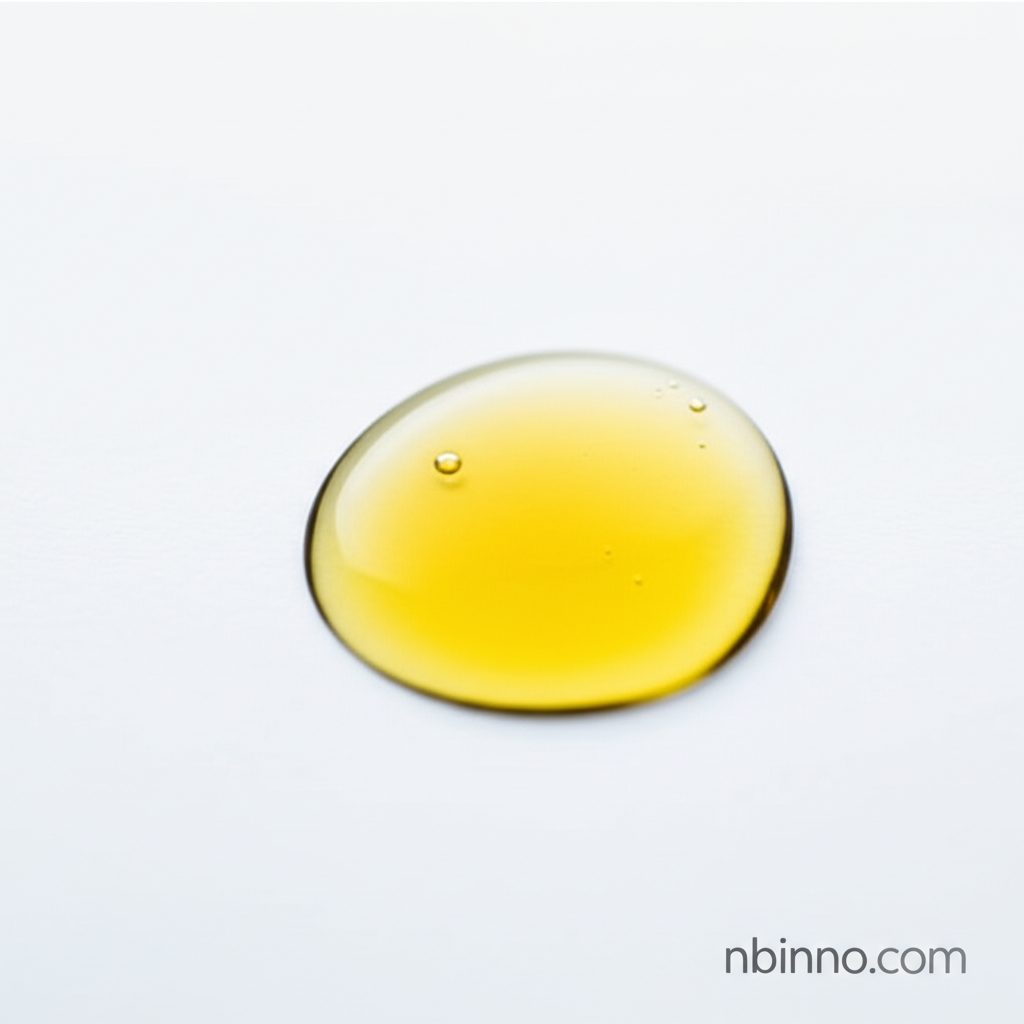Unveiling the Potential of 2,5-Dimethyl-2,4-hexadiene (CAS 764-13-6)
Explore the multifaceted applications and synthesis of this key organic intermediate.
Get a Quote & SampleProduct Core Value

2,5-Dimethyl-2,4-hexadiene
This compound serves as a crucial building block in various chemical processes, offering unique reactivity due to its conjugated diene structure.
- Understanding the 2,5-dimethyl-2,4-hexadiene synthesis pathways is key for efficient production.
- The CAS 764-13-6 uses extend to being a potential biomarker for lung cancer detection.
- As an organic synthesis intermediate, it facilitates the creation of complex molecules.
- Its role in photochemical reactions highlights its utility in advanced material science.
Key Advantages
Versatile Reactivity
Leverage the unique reactivity of this alkadiene for diverse chemical transformations, making it a valuable organic synthesis intermediate.
Diagnostic Potential
Explore the use of this volatile alkyl compound as a potential lung cancer biomarker, contributing to advancements in medical diagnostics.
Synthesis Efficiency
Benefit from established synthesis methods to ensure a reliable supply for applications ranging from organic synthesis to specialized photochemical reactions.
Key Applications
Organic Synthesis
As a crucial organic synthesis intermediate, it is vital for creating pharmaceuticals and specialty chemicals, contributing to the efficient synthesis of chrysanthemic acid methyl ester.
Medical Diagnostics
Its presence in tobacco smoke makes it a candidate for further research into its use as a biomarker for lung cancer detection, offering new avenues in diagnostics.
Photochemical Reactions
The compound's electron-rich nature makes it useful in photochemical processes, including photodechlorination, showcasing its utility in advanced chemical applications.
Material Science
Investigate its potential as a singlet oxygen acceptor in various solvents, further broadening its applications in material science and chemical research.
